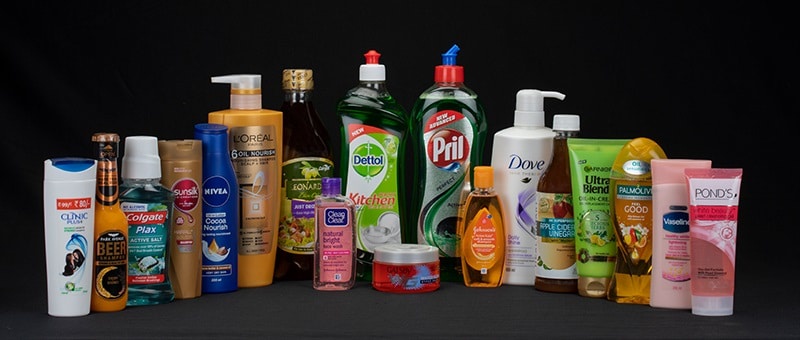Let's Discuss sticker labels now. the kind that sets a product out from the competition on store shelves and aids in keeping customers' memories of the brand long after their trip to the grocery store. The next product sticker label design you create will shine thanks to these pointers and tricks.
Details requirements before proceed for label designs
the business's logo
Product information: Verify that the information provided explains what the product is, who is likely to purchase it, and why. If this product is a part of a series with a well-established design aesthetic, your customer ought to let you know that as well.
Some clients will supply the necessary file formats and dimensions. Ask to connect directly to the printer if they don't if they don't.
Packaging type: This will determine whether you need to design a front and back label (for a cereal box, for example) or a label that wraps around the product (eg. beer bottle).
The copy (text)
Ask whether your client has branding standards if they don't already have any so you can follow them.
Preferences: The majority of clients have preferences for the way the label looks and feels, including the colours and shape (square, oval, etc.). Get a clear idea from the beginning and make the most of your design time.
The structure of a label design
A product label must contain the three essential elements: trim line, bleed space, and safety line, just like any printing design.
Your label design's content should all fit comfortably inside the safety line.
Your label design is cut by the printer at the trim line. Anything that extends past the trim line is known as the bleed area. Include more artwork in this area to prevent obtrusive gaps in your finished label design.
What components make up a standard label design?
Labels for food products may also carry the following information:
Ingredients \sCertifications
Prior to date
Recipes or serving suggestions
Barcode
The machine-readable lines on a package known as barcodes are used to store data about a product. The two are as follows:
Universal Product Code, or UPC, is the most common barcode in North America.
International Article Number (EAN) is a universal barcode.
You could be obliged to include a barcode in your packaging design, depending on the product or business. Contact your client for more information and specs.
Display your design in its actual environment:
Think about how your label design will appear where it is supposed to be used, such as on the shelf of a supermarket or at a customer's home. Will it distinguish itself from the competition or will it blend in?
The devil is in the details:
Make sure the label contains each of the crucial design components by checking it three times. You are legally bound to do so as the designer. You must mention the "organic" certification in your label if the product is organic (and your client has provided confirmation of this).


No comments yet